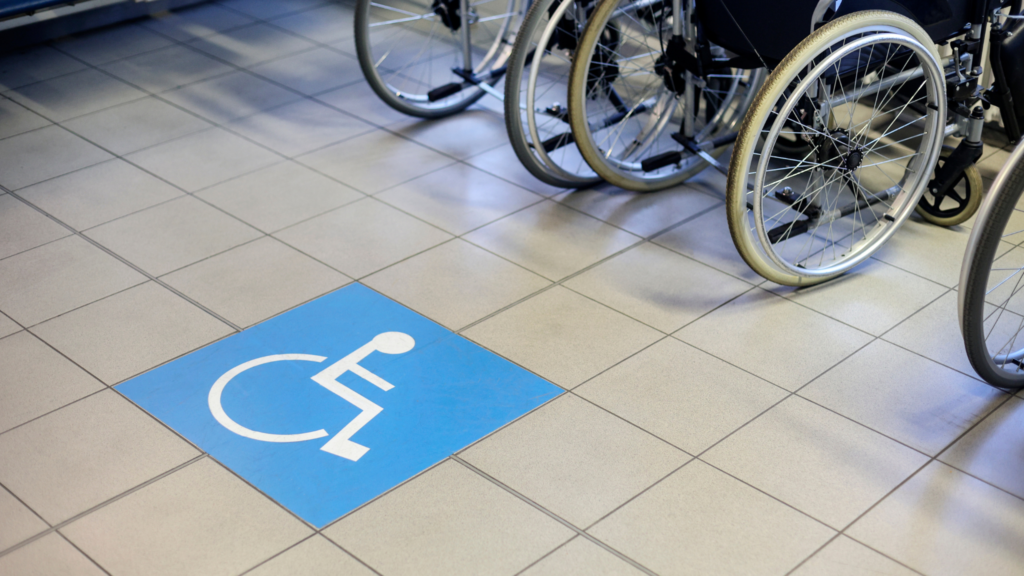Designing with All in Mind: Exploring Handicap-Accessible Urban Areas
Inclusive and accessible design can transform urban areas into welcoming and accommodating spaces for everyone, regardless of their physical abilities. Creating handicap-accessible urban areas is not only a legal requirement but also a moral responsibility to ensure that everyone has the opportunity to fully participate in and enjoy public spaces.
Accessibility should not be an afterthought when planning urban areas. From the initial design stages through implementation and maintenance, accessibility considerations should be integrated into every aspect of the planning and development process. This approach will not only benefit individuals with disabilities but also cater to the needs of families, the elderly, and anyone with temporary or permanent mobility challenges.
One of the basic requirements for a handicap-accessible urban area is an accessible pathway system. Well-designed sidewalks and paths with gradual slopes, ramps, and curb cuts ensure smooth navigation for wheelchair users, individuals using canes, and parents with strollers. These pathways should be wide enough to accommodate multiple users, ensuring that people can move comfortably without obstacles. Additionally, they should be well-maintained, free of cracks, debris, or any other barriers.
Another crucial consideration is access to public transportation. Well-designed and accessible bus stops, train stations, and subway platforms make public transport more inclusive and convenient for everyone. Features such as level platforms, wheelchair ramps, elevators, and clear signage help individuals with disabilities to travel independently, enhancing their mobility and overall quality of life.
Public parks and recreational areas must also be designed with inclusivity in mind. Accessible playgrounds and exercise equipment allow children and adults with disabilities to actively participate and enjoy recreational activities. Features like ramps, adaptive swings, and sensory elements ensure that individuals with varying physical abilities can engage in play and social interaction. Furthermore, providing accessible picnic areas, restrooms, and seating options invite individuals with disabilities and their families to spend quality time outdoors, strengthening community bonds.
Public buildings and facilities, such as government offices, shopping centers, and entertainment venues, should also prioritize inclusivity. Accessible entrance ramps, elevators, and wide corridors ensure that everyone can enter and move around these spaces without difficulties. Moreover, accessible restrooms, seating areas, and parking spots are essential for additional convenience and assurance to visitors with disabilities. Visible signage with easy-to-read text and universal symbols helps individuals with vision impairments navigate their surroundings independently.
Engaging individuals with disabilities and their organizations in the planning and design process is crucial to ensure the efficacy and appropriateness of accessibility measures. Their firsthand experiences and insights can provide invaluable guidance and feedback to architects, designers, and urban planners. By involving the end-users, urban areas can be modified and adapted to meet their specific needs and aspirations.
Furthermore, technological advancements offer new and innovative solutions to enhance accessibility in urban areas. For instance, smartphones equipped with navigation and assistance apps can guide individuals with disabilities through urban spaces, indicating the most accessible routes and providing real-time updates on accessible facilities and amenities. Implementing such tools and technologies can significantly improve the overall accessibility of urban areas.
In conclusion, creating handicap-accessible urban areas is essential for fostering inclusivity, equal opportunity, and social integration. By designing with accessibility in mind from the early stages of planning to implementation and beyond, cities can ensure that all individuals, regardless of their physical abilities, can fully enjoy and benefit from public spaces. Remember, an accessible urban area is not only a legal requirement but also a reflection of a compassionate and inclusive society.
![]()






